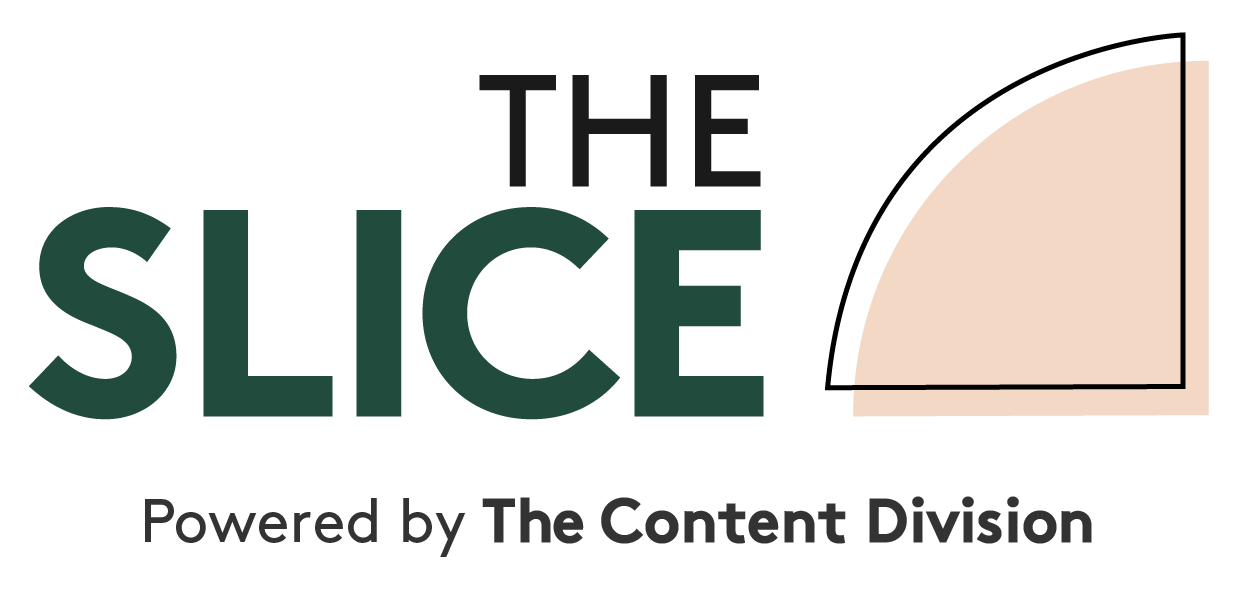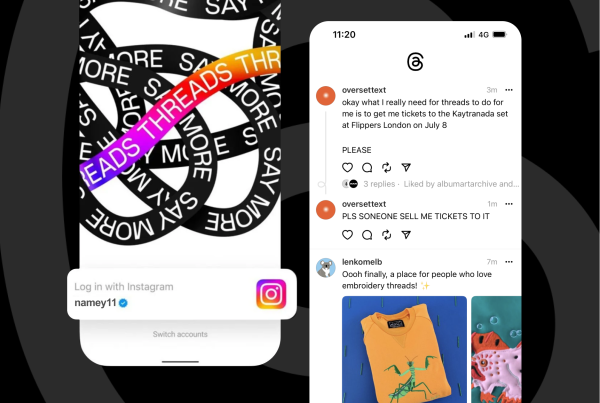
I had a phone call last week from a former colleague who was talking about the insane amount of content they were about to fling out there in this, the mad times of coronavirus.
You see, his brand is on a war footing.
They have the opportunity to scoop up a whole heap of business on the back of the anxiety and unease workforces have about returning to their offices, where germy, snotty traffic and grubby, diseased hands lay in wait to infect them at every turn.
A survey from research and CX software provider Qualtrics has found two-thirds of workers are uncomfortable heading back to the office – no matter the age bracket – and only about half say a vaccine or a viable treatment would make them feel safe upon their return.
Some super easy secondary research there. Not that my mate had those figures.
“We just need a few quick wins to prove this works,” they said.
“Quick wins from where?” I said.
“Anywhere,” he laughed.
And there, friends, lies the real danger.
Content marketers often talk big about being data driven in their approaches to creating content. But if you already have the content made, and then the words “I want quick wins from anywhere” leave your mouth, you’re destined to join the content crap heap where Pepsi’s Kardashian content is still the landlord, mayor, CEO and the janitor’s assistant.
But it’s more than just saying you’re data driven. Literally anybody can say that crap. And I’ll also wager that the majority of content folk are former journos (you’re looking at one), rather than trained marketers, and so effective market research processes go missing along the way.
The biggest problem here is when your efforts fail and the powers that be want to know what went wrong, the answer is – whether you like it or not – you took a massive punt on a campaign, rather than an educated punt like most marketing efforts. But it doesn’t have to go down like that.
Limited budget? Get bang for your research buck
I get it, you don’t want to see your limited budget disappear on research, leaving nothing to drive the bloody campaign. But unfortunately assumptions just won’t do. You need to paint a portrait of your customers.
And as the song says, the best things in life are free.
Even if quick wins are one of your objectives, know this – spending two days with your customers is as cheap as it can get. Why are you still at your desk? Go!
OK welcome back. So you spent two days with your customers collecting qualitative data. Sure, you may have asked the right questions, but you also need to make sure you observe their behaviour – because that’s where the real gold is.
In behavioural psychologist Adam Ferrier’s book Stop Listening To The Customer, Try Hearing Your Brand Instead, he talks about how customers just love lying about stuff. They can’t predict what they want any more than we as marketers can. But we can observe the way they operate within the confines of our product to find data and knowledge that can help shape our insights.
And that, for you, means getting up from the desk and spending time with them. Hey, you may even create closer relationships with them. And it won’t be in a structured workshop where you learn the most about your customer; it will be when you’re a few beers deep at 6pm on a Friday with them and they let fly about all the shit that really gets to them week to week. Looking for somewhere to put your sponsorship dollars? If in doubt, sponsor the drinks. That’s where you’ll learn the good stuff. Pure gold.
Get some numbers, now
OK so you have some qualitative data. The stuff with ‘feelings’ in them. Now get some numbers on your side. If you have a little budget to get a market survey done, go and do it now. Because if done properly it will help you segment your audience, help you understand what attributes customers like about your brand (and your competitors’ brands), and it can help you understand where the holes are in your customer journey. All extremely valuable things when mixed with that qualitative data.
There are some things you need to get right straight away – one of them being a good enough sample. If you can get that right, the data will be *kisses fingers like an Italian chef*.
If you have empty pockets for research, it’s painful. But something you can look at immediately and for free is where the holes are in your own sales funnel according to the things that go pear shaped and when.
Plot it out across any kind of marketing funnel you like – they are basically all the same. Kind of. Anyway. Plot it out and use your own sales data to figure out where things are blocking up. If you get minimal inquiries or leads, but you convert the leads you do get really well, you have a brand awareness, affinity and salience problem. If you get a tonne of web traffic but not many inquiries, you may have a consideration problem. See where I’m going here? See how the numbers can help you diagnose the marketing actions you need to take?
It doesn’t have to cost you a fortune and if you do it every year you should be spending the marketing dollars you do have on the things that can drive your objectives properly.
Do some solid secondary research
It ain’t sexy, but there is a tonne of research out there online just waiting to be discovered and actually read for the first time.
See how I pulled that stat from the top of the article and used it to fortify my position on my mate’s problem? Any relevant data aligned and compared with the data you have is better than starting blind and, worse, finishing blind.
Try using Google Scholar, or industry body data that has been collected recently – the options are plentiful.
Do these things well, and those quick wins you’ve been pressured to get can come a whole lot quicker.





